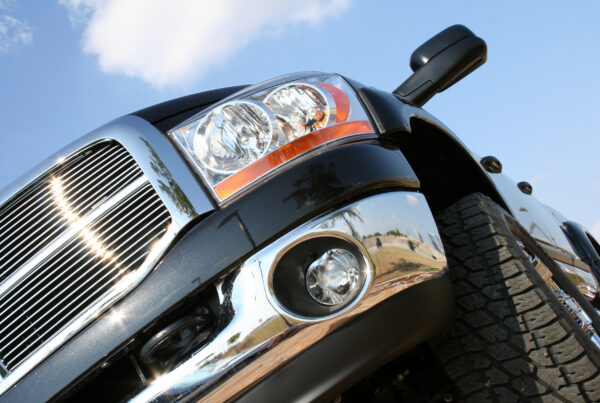The Australian new car market achieved its highest August on record with 109,966 new vehicles delivered this month. This is a 15.4 per cent increase from the same period last year according to the Federal Chamber of Automotive Industry (FCAI).
“The Australian automotive sector continues to demonstrate its strength, with August recording unprecedented sales figures, reflecting both a high level of demand from Australians and improved supply of vehicles,” said FCAI Chief Executive Tony Weber.
“Year-to-date sales have increased 9.9 per cent which is a better indicator of the underlying strength of the market.” Mr Weber added.
New Car Market by the Numbers
Sales across every State and Territory increased this month. Sales in the Australian Capital Territory by 21.5 per cent (1,713); New South Wales 13.6 per cent (34,655); Queensland 7.8 per cent (23,049); South Australia 21.9 per cent (6,952); Tasmania 14.4 per cent (1,843); Victoria 16.3 per cent (29,126); Western Australia 32.5 per cent (11,637) and Northern Territory 21.4 per cent (991).
The Passenger Vehicle Market is down by 661 vehicle sales (-3.3%) over the same month last year; the Sports Utility Market is up by 13,742 vehicle sales (28.3%); the Light Commercial Market is up by 1,559 vehicle sales (6.9%) and the Heavy Commercial Vehicle Market is up by 70 vehicle sales (1.7%) compared to last year.
Toyota was the highest-selling brand with 22,321 sales. Mazda followed with 8,458 then Ford (7,898), Hyundai (6,513), and Kia (6,510).
The Toyota Hi-Lux was the top-selling vehicle recording 5,762 sales. It was followed by the Ford Ranger (5,760), Toyota RAV4 (3,317), Isuzu Ute D-Max (3,281), and MG ZS (3,193).
Meanwhile, electric vehicle sales accounted for 6.4% of the market and hybrid vehicles made up 10.5% of car sales in August.
“As consumers continue to embrace low emissions technologies we are seeing growth in electric, plug-in and hybrid vehicle sales. More than 1 in 6 vehicles sold in the month of August featured low emissions technologies.”
Did you find this article interesting? Give it a ‘like’ by clicking the ‘heart’ button above!




















